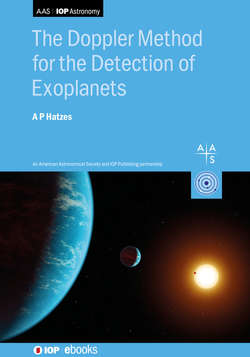Читать книгу The Doppler Method for the Detection of Exoplanets - Professor Artie Hatzes - Страница 18
На сайте Литреса книга снята с продажи.
2.1 Echelle Spectrographs
ОглавлениеThe left panel of Figure 2.1 shows the classic layout of a high-resolution spectrograph. Light from the telescope comes to a focus at the slit and then diverges. A collimator having the same focal ratio1 as the telescope then converts this diverging beam into a parallel one that strikes a dispersing element. This is generally a reflection grating (see below) that breaks the light up into its component wavelengths. The dispersed light is then focused onto the detector by a camera, which is either a reflective, Schmidt-type camera (mirror plus corrective lens), or a refractive, lens-based system. Reflective cameras are generally used for spectrographs with slits, while lens cameras are the choice for spectrographs fed by a fiber optic.
Figure 2.1. The layout of a classic spectrograph (left) and a white-pupil design spectrograph (right). Spectrographs using fine-ruled gratings do not have the cross-dispersing element.
The cross-disperser that is shown is an optical element that disperses the light in the direction perpendicular to the grating dispersion in order to separate the spectral orders. This will be discussed in more detail below. Classic spectrographs from 40 years ago typically used finely ruled gratings at low spectral order. Filters had to be inserted into the light path to block out light from unwanted orders. Modern spectrographs use echelle gratings at high orders coupled with a cross-disperser. So, before the advent of cross-dispersing elements, the layout looks the same, except for the cross-dispersing element.
It is important to note that a spectrograph is merely a camera (you can consider it a telescope as it is also bringing a parallel wavefront, like starlight, to a focus). The only difference is the presence of the echelle grating to disperse the light, and in this case, the cross-dispersing element. Remove these and what you would see at the detector is a white-light image of your entrance slit. Reinsert the grating, and the spectrograph now produces a dispersed image of your slit at the detector.
Many modern echelle spectrographs are designed after the white-pupil concept (Baranne 1972) shown in the right panel of Figure 2.1. In this design, an additional optical element is used to produce an intermediate focus between the grating and the cross-disperser at a position where the various spectral orders created by the grating are not yet separated. Here, there is a superposition of all wavelengths, and an intermediate white-light image of the slit is formed.
Naively, one may think that adding an additional optical element is unwise as it reduces the efficiency of your spectrograph, due to the extra optical element, but there are two good reasons to do this. First, because of the intermediate focus, all subsequent apertures, like the camera, can be made smaller. As a general rule, smaller optics translates into reduced costs. Furthermore, smaller optics can make for a more compact spectrograph, which is easier to stabilize thermally and mechanically. As we shall see, this is important for precise RV measurements.
Second, a spatial filter at the intermediate focus can reduce stray light, which is not desired in your spectrograph. Overall, the advantages of the white-pupil design outweighs the disadvantage of the small loss of light due to the extra optical element.
